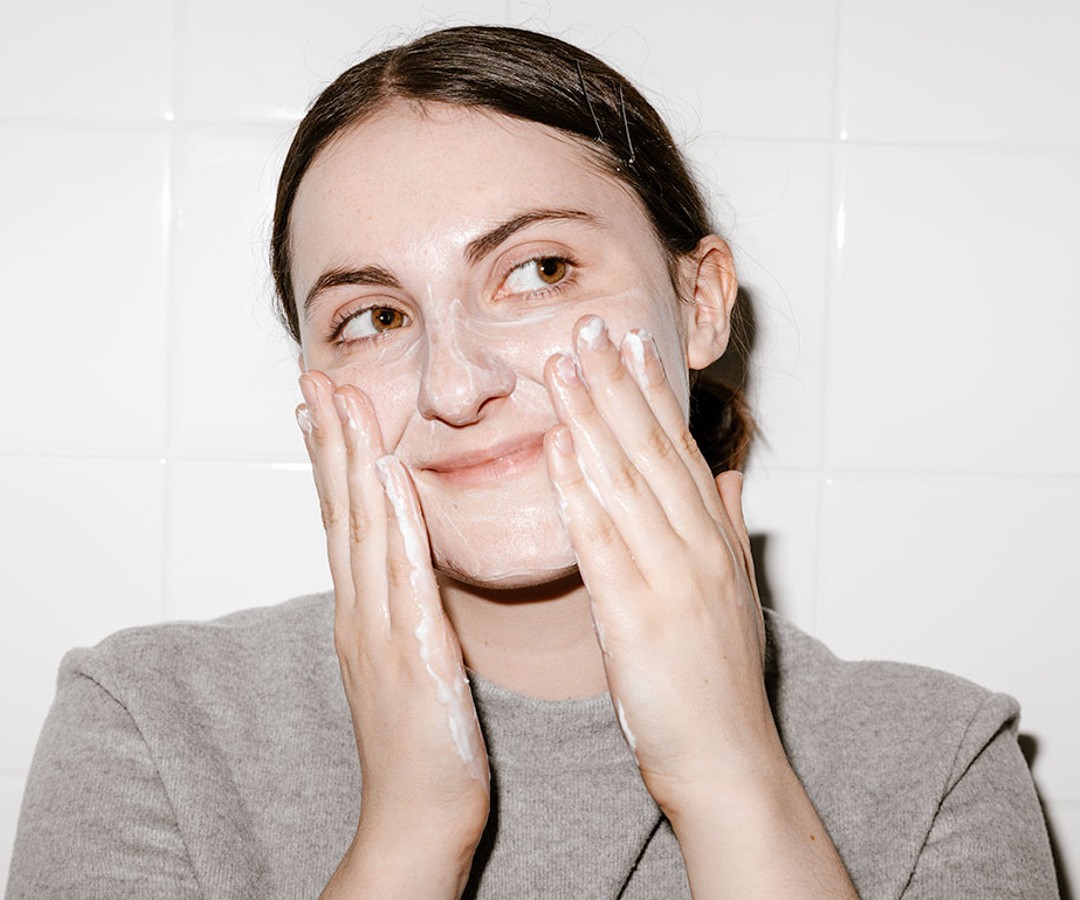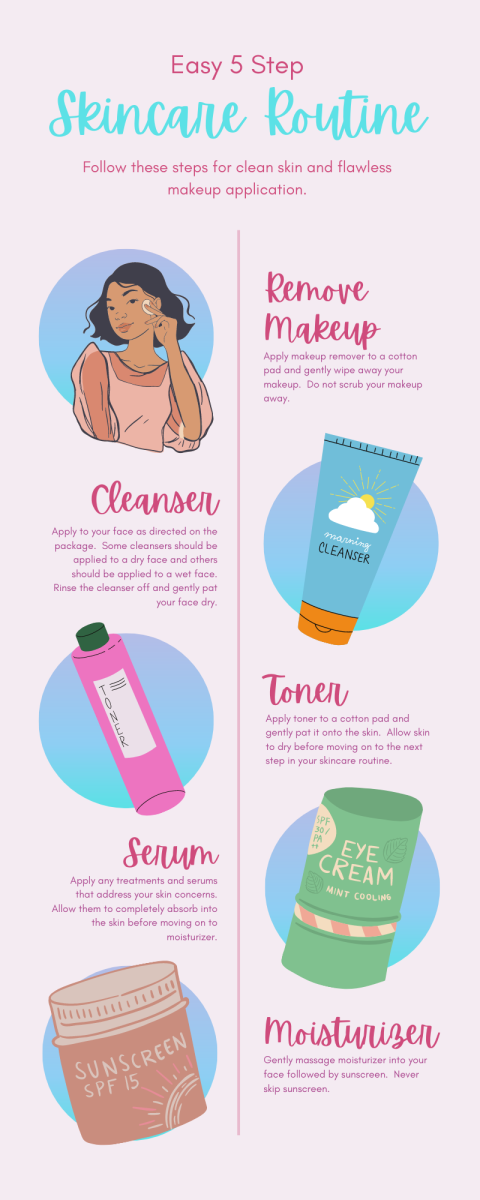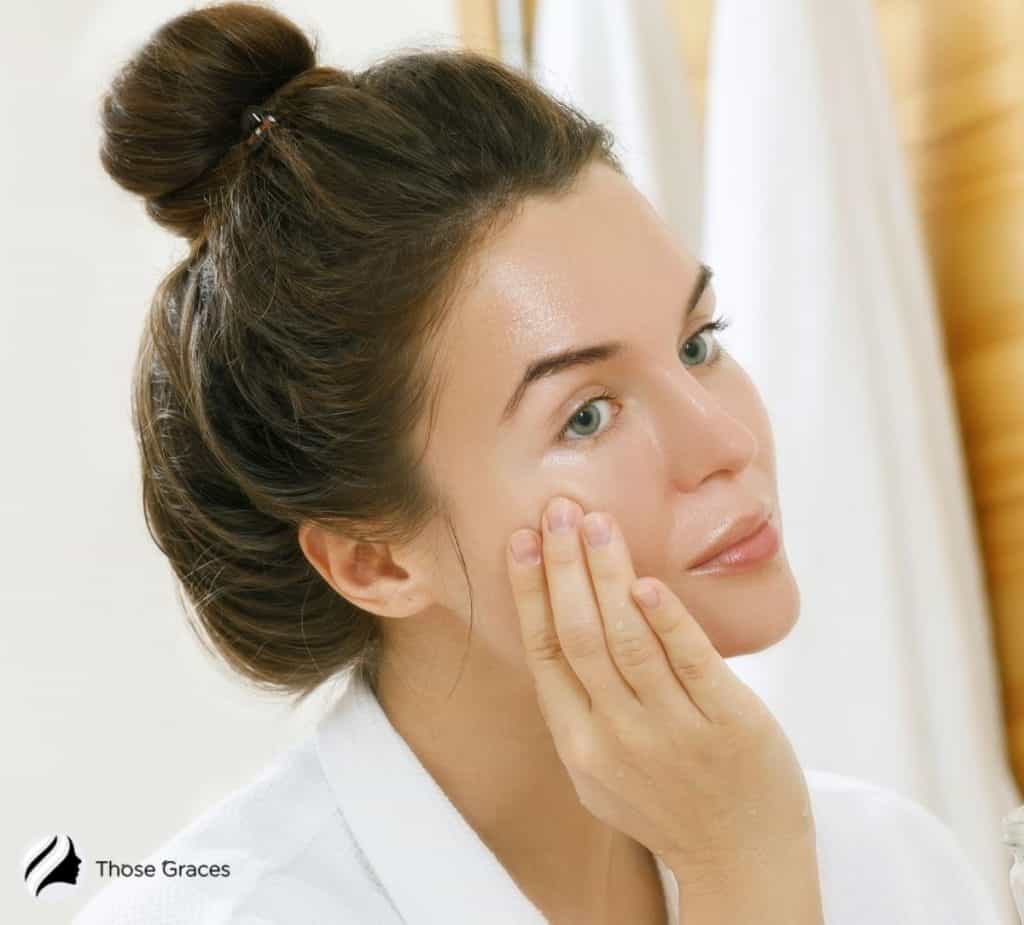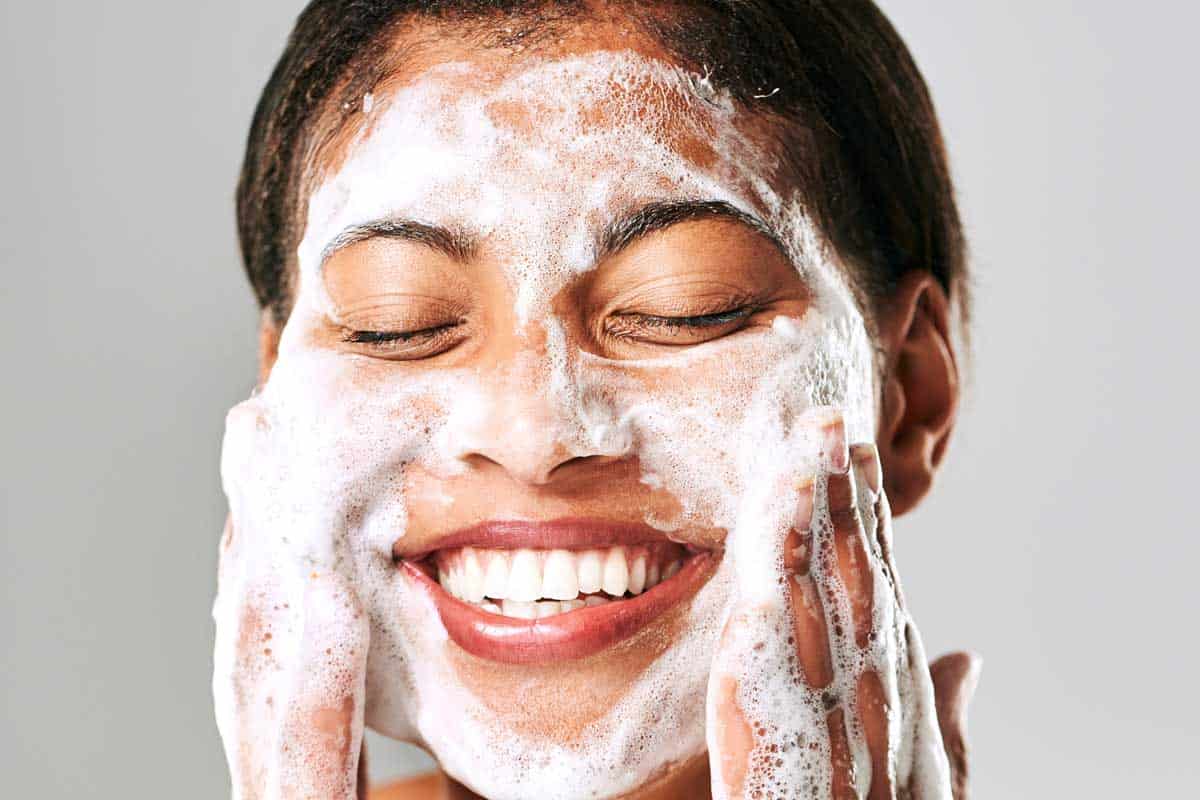How Long Should You Leave Cleanser On Your Face

Are you washing your face wrong? Experts warn that improper cleanser application could be sabotaging your skin's health, leading to dryness, irritation, or even breakouts.
This article breaks down the optimal cleansing time, debunking myths and providing a clear guide to achieving a healthy, radiant complexion. Understand the crucial seconds that separate effective cleansing from skin damage.
The Cleansing Time Sweet Spot: 30-60 Seconds
Dermatologists widely recommend leaving cleanser on your face for 30-60 seconds. This timeframe allows the active ingredients to properly dissolve dirt, oil, and makeup without over-drying the skin.
Anything shorter might not effectively cleanse, while anything longer can strip away essential oils. Finding the balance is key to a healthy skin barrier.
Why Time Matters:
Cleansers need time to emulsify oil and lift away impurities. Rushing the process means you're not giving the ingredients a chance to work.
Dr. Melissa Levin, a board-certified dermatologist, emphasizes that the 30-60 second window is the "gold standard" for most skin types. This duration provides sufficient contact time for the cleanser's surfactants to bind with dirt and debris.
Over-cleansing, on the other hand, can disrupt the skin's natural microbiome and lead to inflammation. The American Academy of Dermatology also notes that prolonged exposure to harsh ingredients can exacerbate conditions like eczema and rosacea.
Factors Affecting Cleansing Time:
While 30-60 seconds is a general guideline, certain factors can influence the ideal cleansing duration. These include skin type, cleanser type, and specific skin concerns.
Skin Type Considerations:
Dry skin may benefit from a shorter cleansing time, around 30 seconds. This minimizes moisture loss and prevents further dehydration.
Oily skin might tolerate a full 60 seconds, ensuring thorough removal of excess sebum. People with oily skin also benefits from using a cleanser which contains salicylic acid.
Sensitive skin requires extra caution; start with 20-30 seconds and monitor for any signs of irritation. Fragrance-free and hypoallergenic cleansers are generally recommended.
Cleanser Type Implications:
Foaming cleansers, often used for oily skin, generally require the standard 30-60 seconds. Ensure the foam is evenly distributed across the face.
Cream cleansers, designed for dry skin, can be left on for the shorter end of the spectrum. Their hydrating properties make them less likely to cause dryness even with a slightly longer application.
Oil cleansers, popular for removing makeup, often require a longer massage time, but the emulsification process still typically falls within the 30-60 second range. They are very effective in removing makeup.
Addressing Specific Skin Concerns:
For individuals with acne, cleansers containing benzoyl peroxide or salicylic acid may require the full 60 seconds. This allows the active ingredients to penetrate pores and target acne-causing bacteria.
Those with rosacea or other inflammatory skin conditions should stick to the shorter end of the range and use gentle, non-irritating formulas. Consult a dermatologist for personalized recommendations.
How to Optimize Your Cleansing Routine:
Beyond timing, other aspects of your cleansing routine can significantly impact its effectiveness. Proper water temperature and gentle application are crucial.
Use lukewarm water; hot water can strip the skin of its natural oils, while cold water may not effectively remove impurities. Lukewarm water helps the cleanser work more effectively.
Apply cleanser with gentle circular motions, avoiding harsh scrubbing that can irritate the skin. Using your fingertips or a soft washcloth can aid in gentle exfoliation.
Rinse thoroughly to remove all traces of cleanser. Residue can clog pores and lead to breakouts.
Pat your skin dry with a soft towel, rather than rubbing. Rubbing can cause unnecessary friction and irritation.
"The most important thing is to listen to your skin," advises Dr. Sarah Thomas, a leading cosmetic dermatologist. "If you notice dryness, redness, or irritation, adjust your cleansing time or switch to a gentler cleanser."
The Takeaway: Timing is Everything
The 30-60 second rule is a valuable guideline for effective facial cleansing, but individual needs may vary. Pay attention to your skin's response and adjust your routine accordingly.
If you're unsure about the best cleansing routine for your skin type, consult a dermatologist for personalized advice. Professional guidance can help you achieve a healthy, balanced complexion.
Stay informed about the latest skincare recommendations by consulting reputable sources like the American Academy of Dermatology. Ongoing research continues to refine our understanding of optimal skincare practices.


















